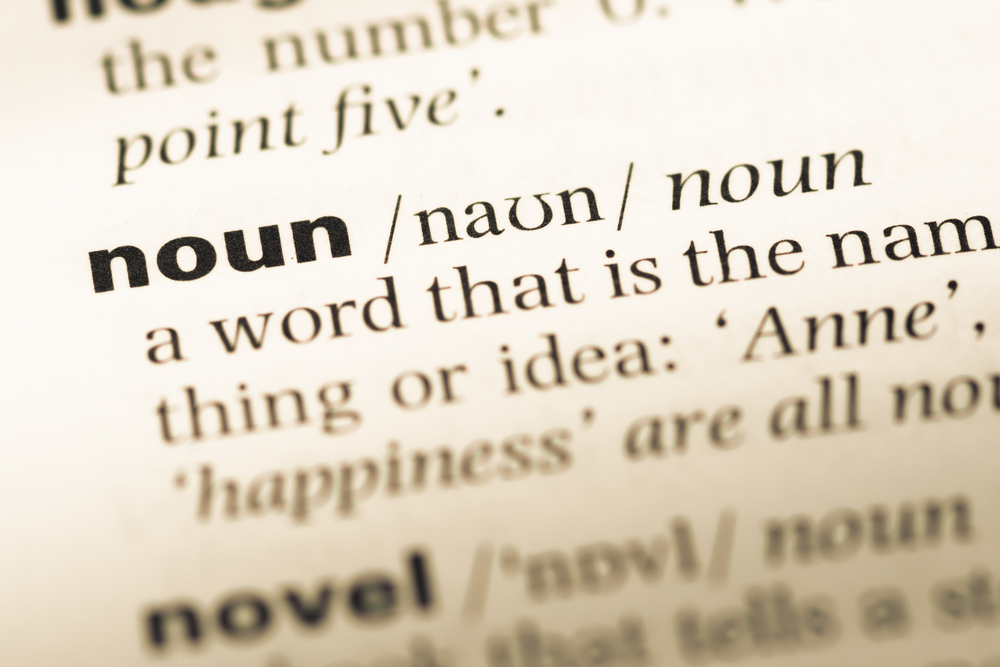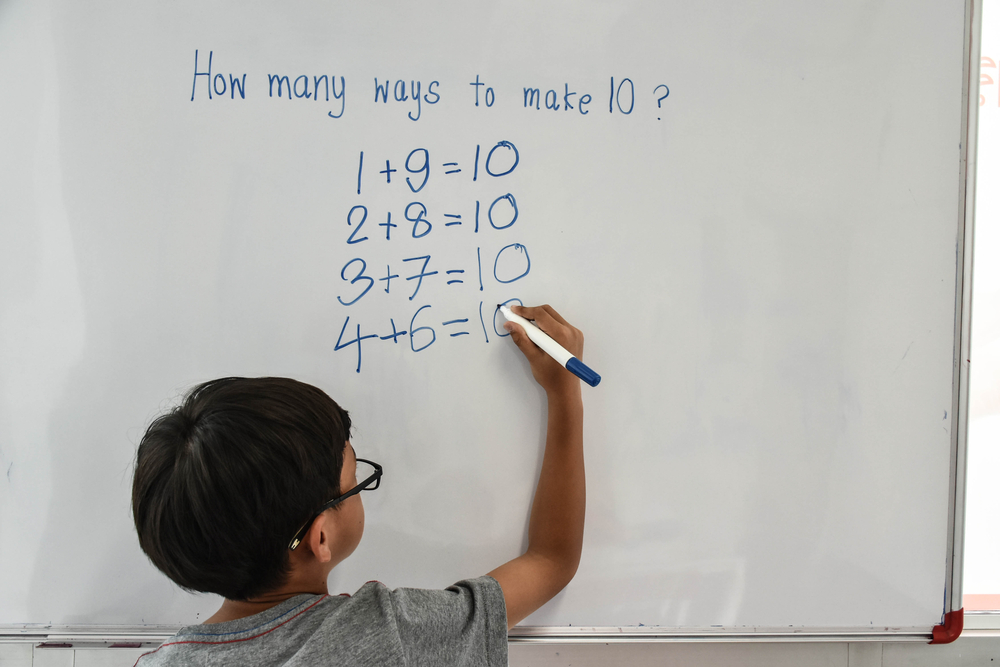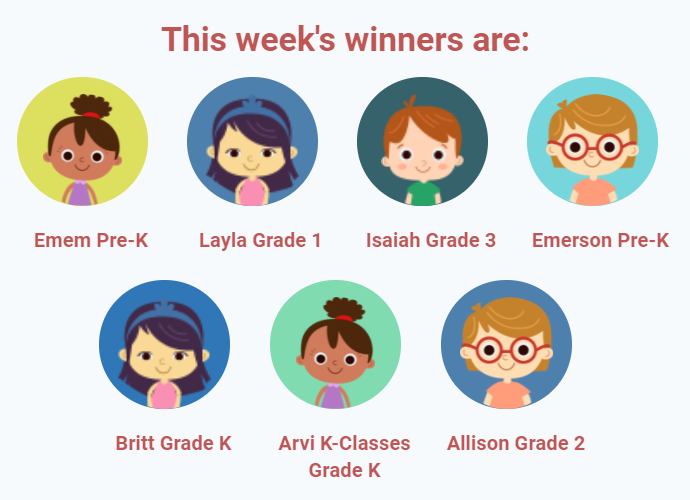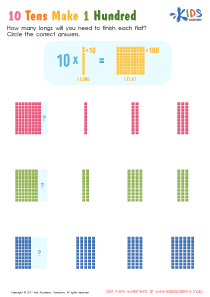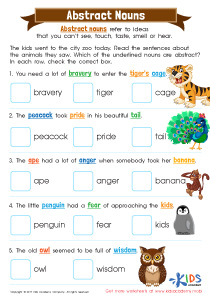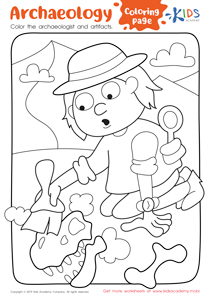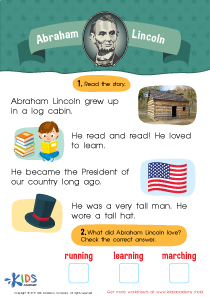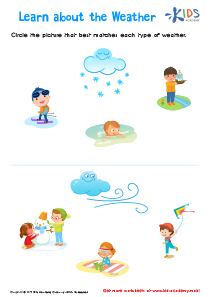Normal Rhyming worksheets activities for Ages 4-6
1 filtered results
-
From - To
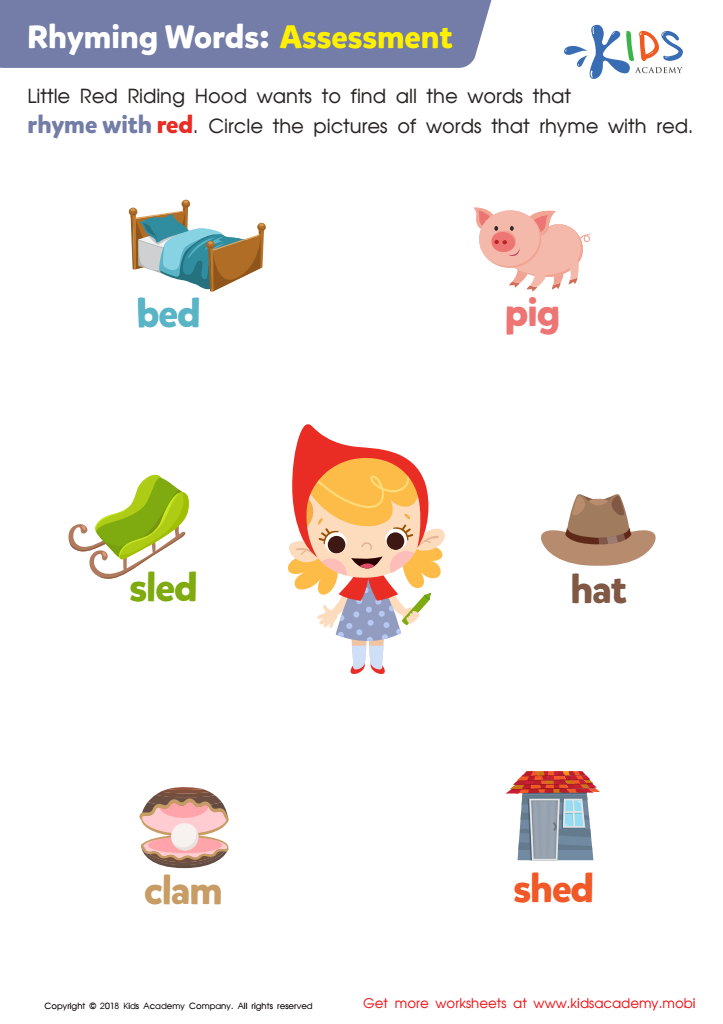

Rhyming Words: Assessment Worksheet
Normal Rhyming worksheets activities are an essential part of early childhood education, offering a multitude of benefits that extend far beyond simply recognizing sounds that are similar. These activities are fundamental tools in developing phonemic awareness, a critical skill in the journey of learning to read and write. Engaging in normal rhyming worksheets activities enables children to discern and manipulate sounds, laying a solid foundation for literacy skills.
Firstly, these activities enhance auditory discrimination. Children learn to listen carefully to distinguish between words that rhyme and those that do not—a skill that is vital for effective communication and language development. Through the repetitive and enjoyable nature of rhyming, they become more attuned to the nuances of language sounds, which is crucial for understanding and producing language.
Moreover, normal rhyming worksheets activities stimulate cognitive development. They challenge children to make connections between words, fostering creative thinking and problem-solving skills. As children explore rhymes, they not only memorize sequences of sounds but also begin to understand patterns within words, which is a key aspect of phonological awareness.
In addition to cognitive benefits, these activities also promote vocabulary expansion. As children encounter rhyming pairs, they are exposed to a broader range of words, some of which may be new to their lexicon. This exposure naturally enhances their language skills, making it easier for them to acquire new vocabulary in the future.
Furthermore, normal rhyming worksheets activities are a source of enjoyment and motivation for children. They often involve playful elements that make learning fun and engaging. This positive experience with learning can foster a lifelong love for reading and literature, encouraging children to explore books and stories with enthusiasm.
In conclusion, normal rhyming worksheets activities are more than just simple exercises. They are a multifaceted educational tool that plays a critical role in developing foundational literacy skills, cognitive abilities, and a passion for language. Through these engaging activities, children are set on a path toward successful communication and a deep appreciation for the power of words.
 Assign to the classroom
Assign to the classroom


